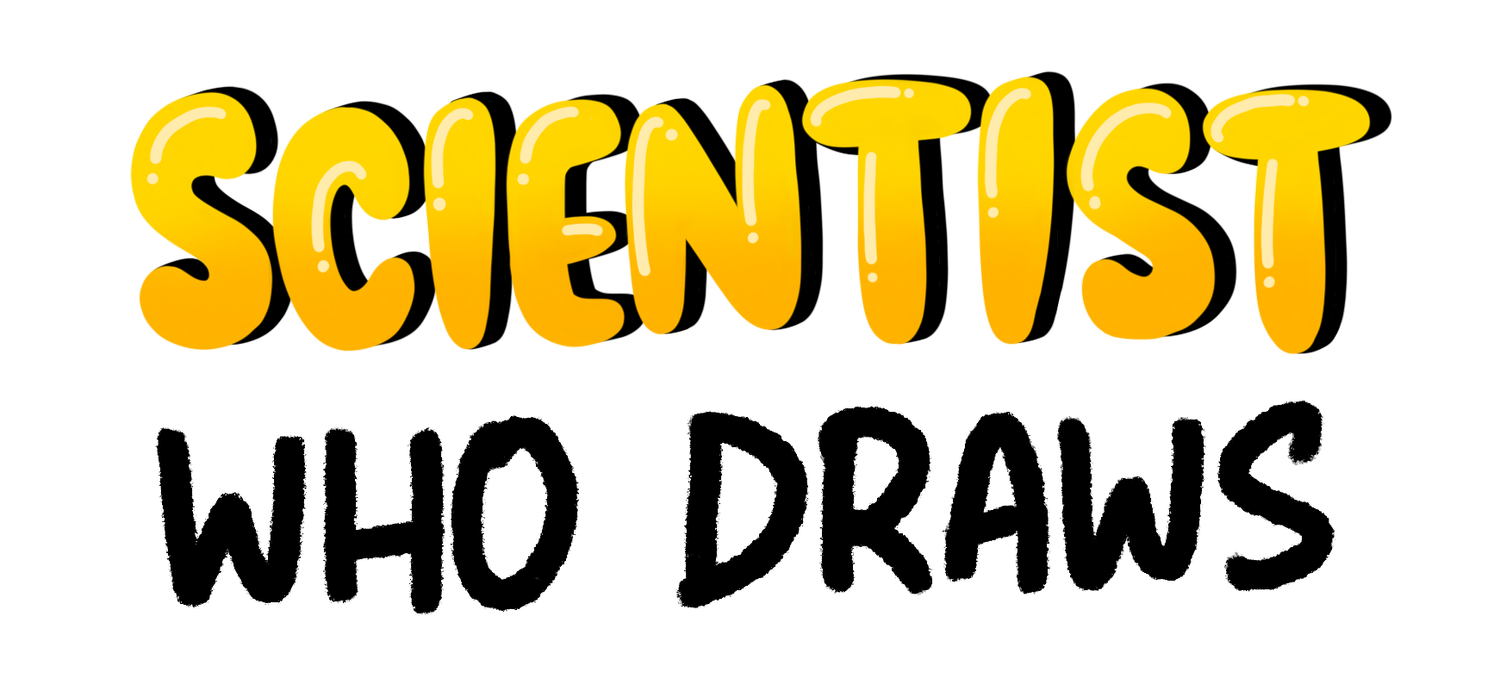Hallucination and Illusion
HALLUCINATION
The word ‘hallucination’ is derived from the Latin word ‘hallucinere’ which means ‘to wander in mind’. Hallucinations are false perceptions by the senses that occur without an external stimulus. Any of the senses can be affected, resulting in perceptions of hearing, seeing, smelling, or feeling things that are not currently present.
Hallucination can be associated with various conditions, including psychiatric disorders (schizophrenia, bipolar disorder, psychotic depression, borderline personality disorder, etc.), neurological issues (Parkinson’s disease, epilepsy, Alzheimer’s disease, etc.), or substance use (LSD, MDMA, Ketamine, Cannabis, etc).
Different types of hallucinations include:
Auditory Hallucinations: Perceptions of sounds or voices without any external source. Example: Hearing voices that others cannot hear.
Visual Hallucinations: Seeing things that are not present or visible to others. Example: Witnessing people, animals, or objects that others do not see.
Olfactory Hallucinations: Perceiving smells that are not present. Example: Smelling a specific odor when there is no source for that smell.
Gustatory Hallucinations: Experiencing taste sensations in the absence of any external stimuli. Example: Tasting a flavor without consuming any food or drink.
Tactile Hallucinations: Feeling sensations on the skin or internally without any external cause. Example: Sensations of insects crawling on the skin when none are there.
Proprioceptive Hallucinations: Distorted perceptions related to the sense of body position or movement. Example: Feeling as though their body is floating or moving in an unusual way.
✏️ Liliputian Hallucination: also known as micropsia or Alice in Wonderland Syndrome is characterized by the perception of miniature people, animals, or objects that are not present. This phenomenon is named after the fictional island of Lilliput in the book ‘Gulliver's Travels,’ where the inhabitants are notably small. Example: Visualising miniature people living on a tree leaf and building tiny houses.
ILLUSION
Illusions are misinterpretations or distortions of sensory stimuli present in the external environment. Illusions are common and can occur for various reasons, such as underlying psychiatric conditions (dyslexia, bipolar disorder, delirium, etc.), medications, or high stress levels. Experiencing illusions does not necessarily signal a psychiatric condition, as even mentally healthy individuals may encounter illusions. However, the difference lies in the ability to correct these illusions. A mentally sound person can often recognize and rectify their illusions, while an individual with a psychiatric disorder is persistent with their beliefs.
Different types of illusions include:
Visual Illusions: a misinterpretation of external visual stimulus that affects the sense of sight. Some common types include. Example: Seeing a dog and imagining it to be a lion or seeing the walls of the rooms getting closer.
Auditory Illusions: a misinterpretation of an external auditory stimulus that affects the sense of sound. Example: Hearing the notes of birds and imagining them to be human voices.
Tactile Illusions: a misinterpretation of an external tactile stimulus that affects the sense of touch. Example: Feeling lukewarm water on the skin and interpreting it as a burning sensation.
Cognitive Illusions: a systematic pattern of deviation from objective reality in judgment, decision-making, or memory. Example: Perceiving an event that occurred 5 years ago as if it happened just yesterday
Difference between Hallucination and Illusion
Both phenomena highlight the complexities of perception and how the brain processes sensory input. The main difference between hallucination and illusion lies in the nature of perception:
Hallucination: Hallucinations involve perceiving sensations or stimuli that are not present in the external environment. This involves perceptions that are entirely fabricated and not rooted in external reality.
Illusion: Illusions occur when there is a misinterpretation or distortion of sensory stimuli present in the external environment.
